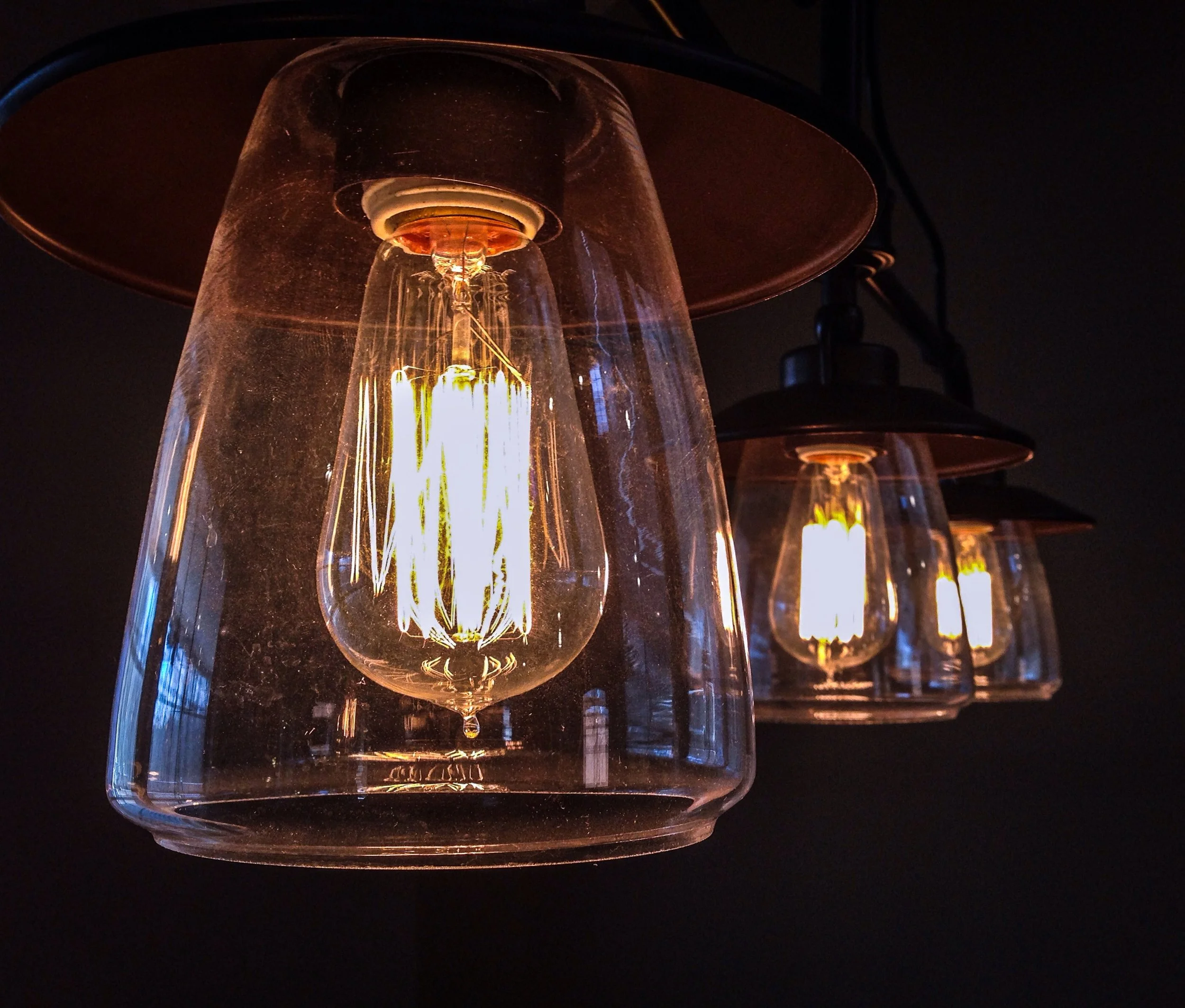How To Create A Brilliant Lighting Plan
Lighting has come a long way since Thomas Edison invented the incandescent bulb in 1879. If you’re building a new home or updating an existing one, the latest technology offers more choices than ever. Making a lighting plan can be overwhelming, but professional advice can help you get better results and avoid costly mistakes.
Find a lighting expert
Design is an art, and lighting design is no exception. Depending on your specific needs, consider an electrical contractor to install the system, an interior designer to help you pick the right fixtures, and/or a lighting designer to bring it all together. For outside lighting in the Carolinas, ask the home pros at Trimlight or NiteLites for assistance.
Make a plan
1. How much do you want to spend?
Upgrading your lighting can be as simple as installing dimmers and adding new wall switches or as complicated as replacing or creating a new wiring system. Cost varies and may be influenced by competition in your area. Your choice of fixtures also affects what you pay, and recessed lighting may require more preparation than other kinds.
2. What mood or style do you want to achieve?
Mood lighting creates an atmosphere and provides a contrast to direct light. The style of fixtures depends on your individual taste. Is your home mid-century modern? Do you prefer a farmhouse look or the sleek lines of contemporary decor?
3. How will you provide lighting for tasks, accent, and mood?
Home lighting falls into three basic categories. Task lighting brightens work areas, especially in home offices, kitchens, and bathrooms. Ambient lighting provides overall light, warmth, and depth. Accent lighting, brighter than ambient lighting, draws the eye to specific architectural features, artwork, or other focal points. White walls and trim reflect light and create spaciousness.
4. What kinds of lighting does each room need?
An effective lighting system includes various fixtures that work with the room’s natural light to achieve a functional, appealing space. Use bulbs with the same color temperature to maintain consistency and avoid harsh angles. If you want the look of incandescent lighting with LED bulbs, for example, choose LED bulbs that provide warm-toned light in the 2700-3000-Kelvin (K) range.
Finalize your plan
An ideal lighting plan is based on your existing floor plan. It shows the most functional and efficient way to brighten your home for working and living. Included are fixtures, their location, and the direction in which the light will focus. Natural light changes constantly throughout the day, and the color of your walls plays a role in the final look. To make your spaces even brighter, add solar tubes from a company like Carolina Skylights.
For more creative lighting ideas or to find a lighting designer in the Greenville area, follow TheHomeMag on Facebook and Instagram.

